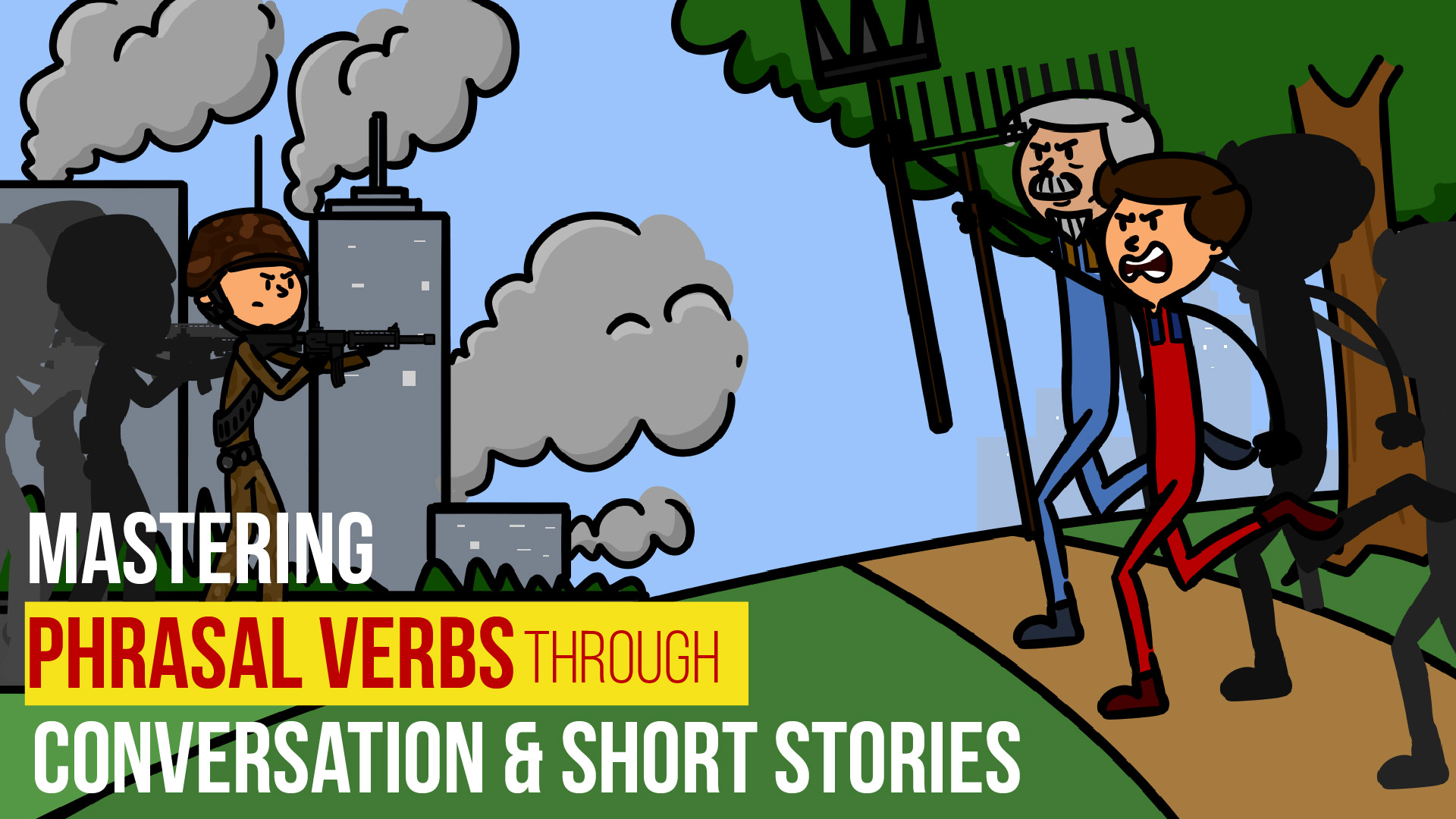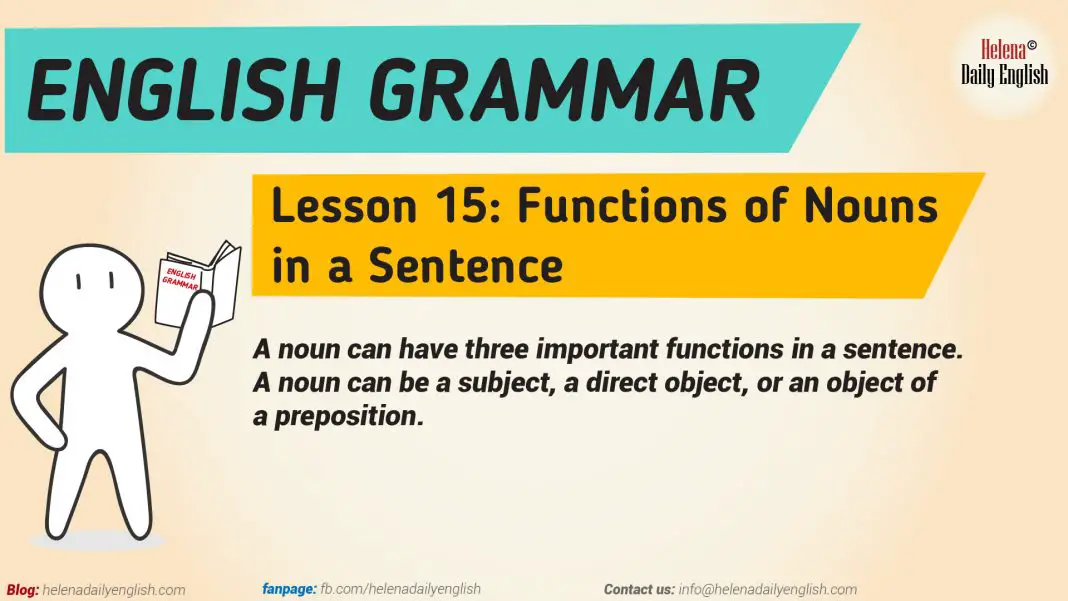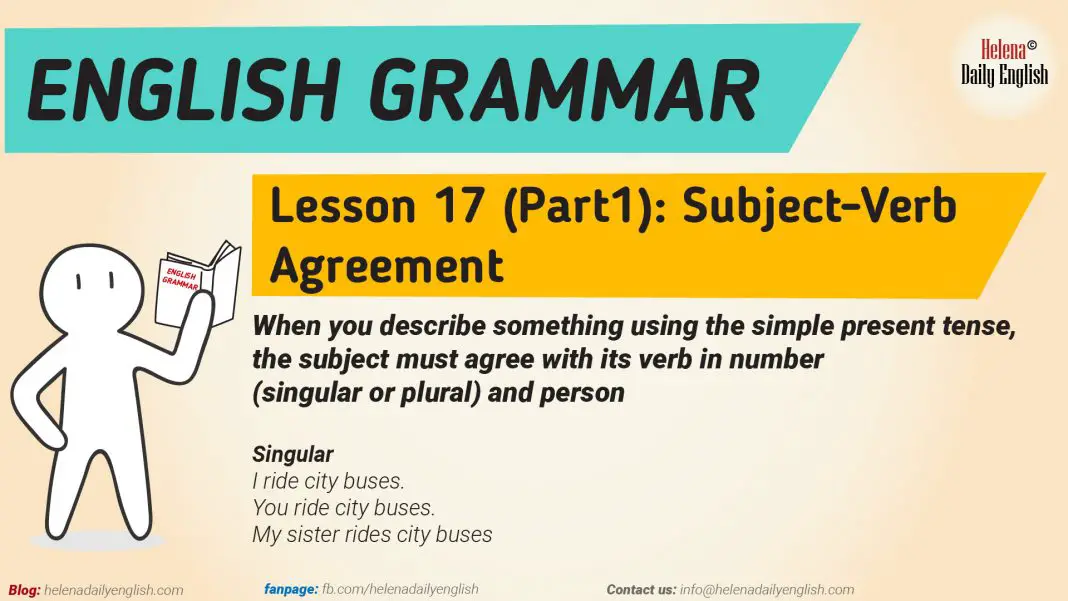Learn English Grammar: Lesson 16 – Possessive Forms of Nouns
There are two ways to show the possessive of nouns in English. One way is with an apostrophe and the letter s (‘s). The other way is with the preposition of. Consider the differences between these two possessive forms.
For people:
- A singular noun that does not end in -s: add ‘s
- the boy has a book = the boy’s book
- the boy has books = the boy’s books
- A plural noun that ends in -s: add ‘ (apostrophe)
- the boys have one book = the boys’ book
- the boys have many books = the boys’ books
- An irregular plural noun: add ‘s
- the children have a book = the children’s book
- people have opinions = people’s opinions
- A name that ends in -s: add ‘s
- Chris has a laptop = Chris’s laptop
- Charles has two bikes = Charles’s bikes
For things:
- Use of instead of ‘s
- a table has a top = the top of the table
- a book has a title = the title of the book
- Exceptions: We use ‘s for time words and nature words
- Today’s newspaper is on the table.
- The sun’s rays provide us with warmth and vitamin D.
Learn English Grammar: Lesson 17 (Part 1) – Subject-Verb Agreement





